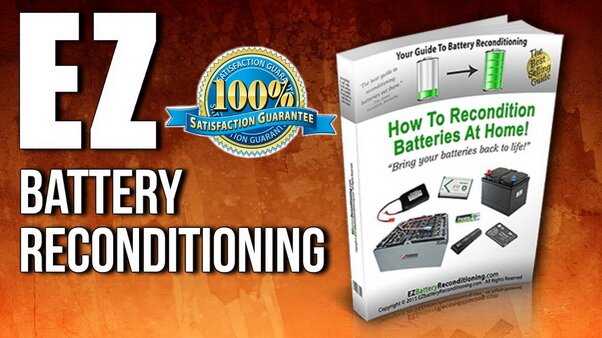
There are several ways to improve garden soil. These include cultivation techniques, using manures and composts, mulches, drainage, and applying fertilisers. In theory the texture can be altered by incorporating clay into sandy soils and vice versa, but the quantities required are so vast as to make this impractical.
The better soils, ie loams, may only need to have their nutrient status increased but other soils will need to have the soil structure improved as well.
Soil structure is the way in which the soil holds together. A sandy soil doesn’t, whilst a clay forms a lump as large as the piece of clay. When rubbed in the hand, the ideal soil breaks into small lumps about a quarter inch in diameter, and is said to have a crumb structure.
Soil improvement must work towards improving the soil structure, so that on both clay and sandy soils the particles hold together in crumb sized units. Only as this is attained does the addition of chemical fertilisers make sense. Otherwise in sandy soils they will be washed away during the next downpour, whilst on clay ones the added nutrients will be lost either as surface run-off or locked up in the lower part of the soil profile, out of reach of plant roots.
Cultivation can be a good way to improve heavy soils. The act of digging breaks up the soil, incorporating surface organic matter. Even better is the action of frost on the turned clods. Alternate freezing and thawing results in the soil forming into crumb sized particles.
Autumn is the best time to cultivate a heavy soil, as it must be carried out when the soil is dryish, as otherwise all that will result will be a mud pie. Avoid walking on the soil in winter and wait for it to dry out in the spring before carrying out any further cultivation.
Ripping or subsoiling is a method of cultivation which does not turn over the soil. A special plough with deep tines is drawn through the subsoil and shatters it, thereby relieving compaction, although it will also introduce temporary drainage along the line of the tines.
On light soils, cultivation will not improve the structure, although it can be used to relieve compaction.
Drainage is mainly of value on the heavier soils. The object of drainage is to improve the aeration of the soil by removing surplus water which is filling all or many of the spaces which could be occupied by air.
Improving the aeration of the soil will increase the potential for plant roots to survive at greater depths in the soil, and thus the volume of soil available for plant growth. It will also make it a better environment for soil organisms and will allow them to improve the soil structure at a greater depth. Aeration will also remove toxic compounds caused by anaerobic decomposition of organic material.
Please CLICK HERE to read part two of “How To Improve Your Garden Soil”.



